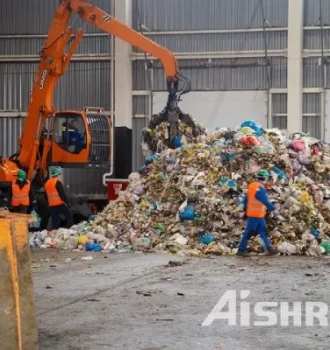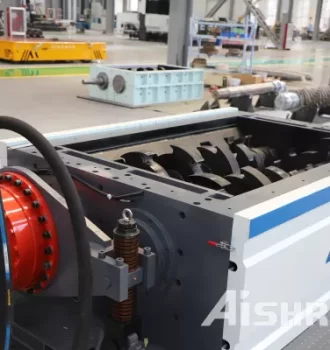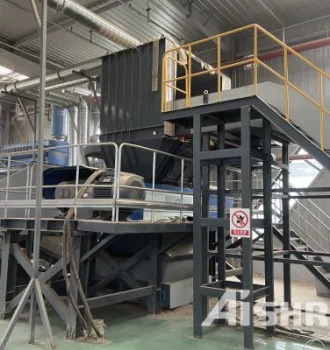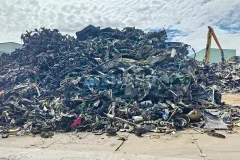
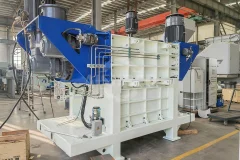
ASR to SRF: From Waste to Resource
2025-10-24Automotive Shredder Residue (ASR) is an inevitable by-product of vehicle dismantling and metal recycling. It typically consists of plastics, rubber, fibers, foams, coating fragments, and small amounts of metal, with a complex composition and large density differences. If disposed of directly in landfills, it not only occupies land but may also cause environmental pollution. Converting ASR into Solid Recovered Fuel (SRF) provides an effective way to utilize these materials as a resource, creating economic value for enterprises.Challenges in ASR ProcessingAlthough ASR is combustible, its processing faces three major technical challenges:Complex composition and difficult separationASR contains various plastics, rubber, and fibers that are tightly interwoven, making separation inefficient and limiting fuel purity.Irregular material shape and inconsistent particle sizeASR often consists of lightweight, flexible, and sheet-like materials. Uneven particle sizes after shredding can impact the efficiency of
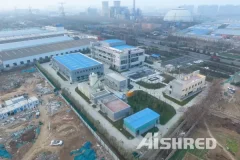
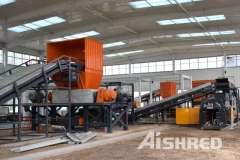
A Chinese recycling company named Central Plains Environmental Protection(CPEP) operates a recycling plant planned and implemented by GEP ECOTECH - designed for processing various materials such as automotive shredder residue (ASR), electrical and electronic scrap (WEEE) and selectric motors and motor armatures. The process developed together with the company is based on an economic analysis and ensures marketable end products.As part of capacity expansion efforts, CPEP choses a facility that would allow them to process different materials simultaneously at their six-acre site. These include ASR, electrical and electronic scrap, metal composites and meatballs. After GEP ECOTECH had created an initial concept for a system, extensive tests were carried out in the Yuanyang Test Center with around two to three tons of each of the customer's materials.Based on the Experimental DataCustomers need valid data for their decisions before investing in a new recycling plant. During the tests and analyzes in the test
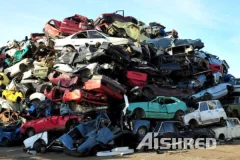
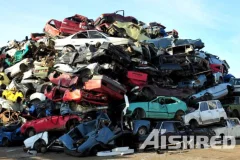
End-of-Life-Vehicle Recycling Process
2022-05-09Every year, tens of millions of vehicles in the world reach the end of their life. If the end-of-life-vehicles(ELVs) are not handled properly, it will not only cause environmental problems, but also cause a lot of material waste. Various countries and areas in the world have or are developing rules for the automotive recycling industry in order to:Prevent hazardous waste from end-of-life vehicles from polluting the environment.Recycling ferrous and non-ferrous metals from end-of-life vehicles.Improve recycling efficiency and reduce waste and landfill volumes. I'd like to introduce the process of recycling ELVs.DepollutionHazardous fluids, such as petrol/diesel, oil, brake fluid, antifreeze, coolants etc are removed and collected in separate tanks. Some can be re-used directly, and some after simple filtration or further processing. At the depollution point the batteries, wheels and tyres are also removed while pyrotechnic devices such as airbags are safely neutralised or removed. Non-hazardous items may also

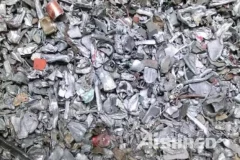
Automobile Shredder Residue(ASR) Recycling
2022-05-09Auto shredder residue (ASR), also referred to as auto shredder fluff, shedder light fraction (SLF), residues from shredding (RESH) or simply “auto fluff” of “fluff”, is the fraction of an shredded end-of-life vehicle (ELV). In the past, it was landfilled. Now, They can now be sorted and recycled thanks to AIShred's sorting and shredding technology. It can prevent this useful and valuable material from taking up the dwindling space in landfills and contribute to a cleaner, safer environment. How ASR Produced?A discarded car is first partially dismantled. All liquids (oils, antifreeze, fuel, etc.) are removed from it. Batteries, tires and catalytic converters are also removed and sent for further processing. Depending on demand, other good parts can be dismantled and sold for use as spare parts. On average, about 10% of the car's weight is pre-dismantled. In a shredder, a car body is shattered into pieces the size of a fist. 70-75% of the various metals from the body are sorted and sold to smelters and

